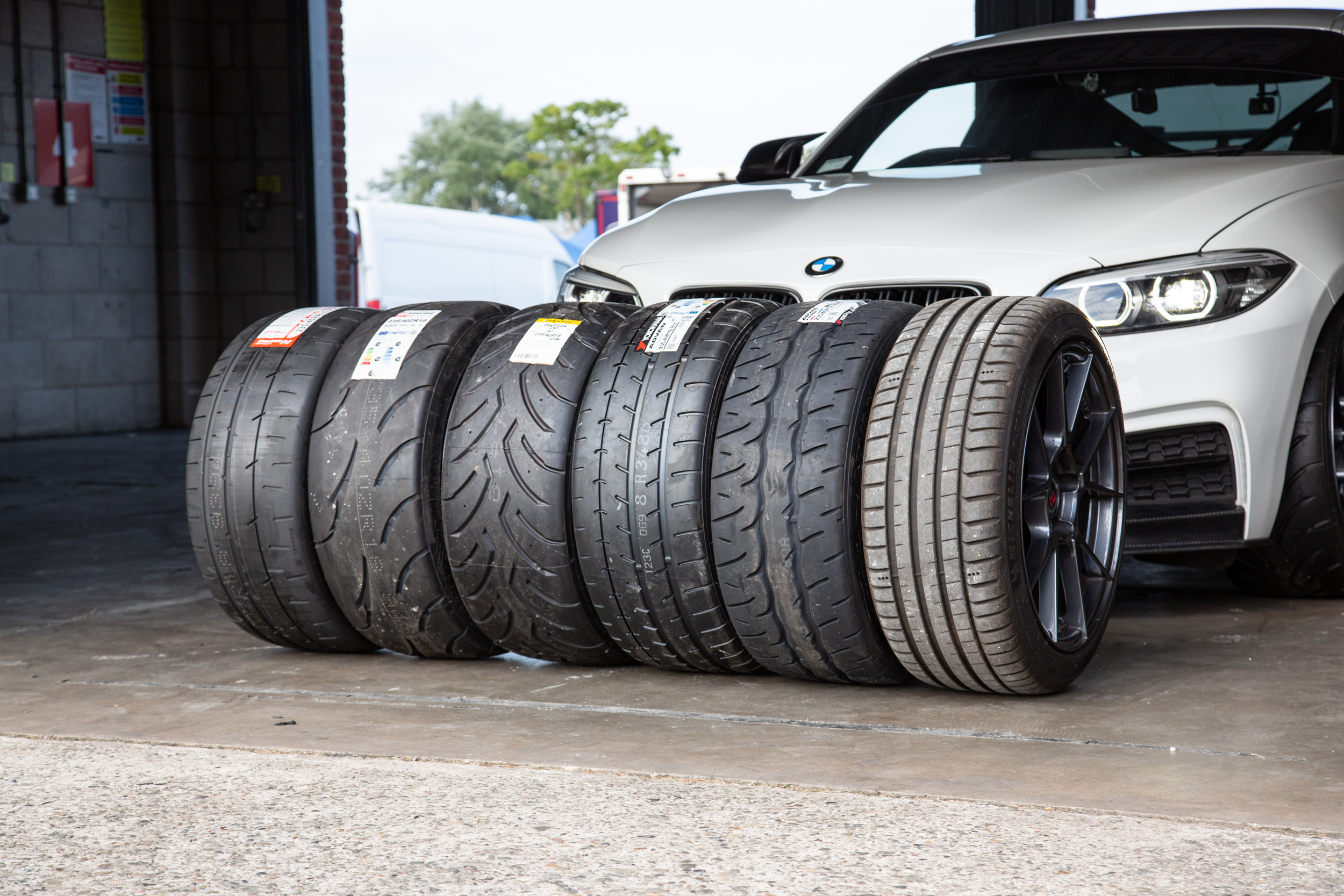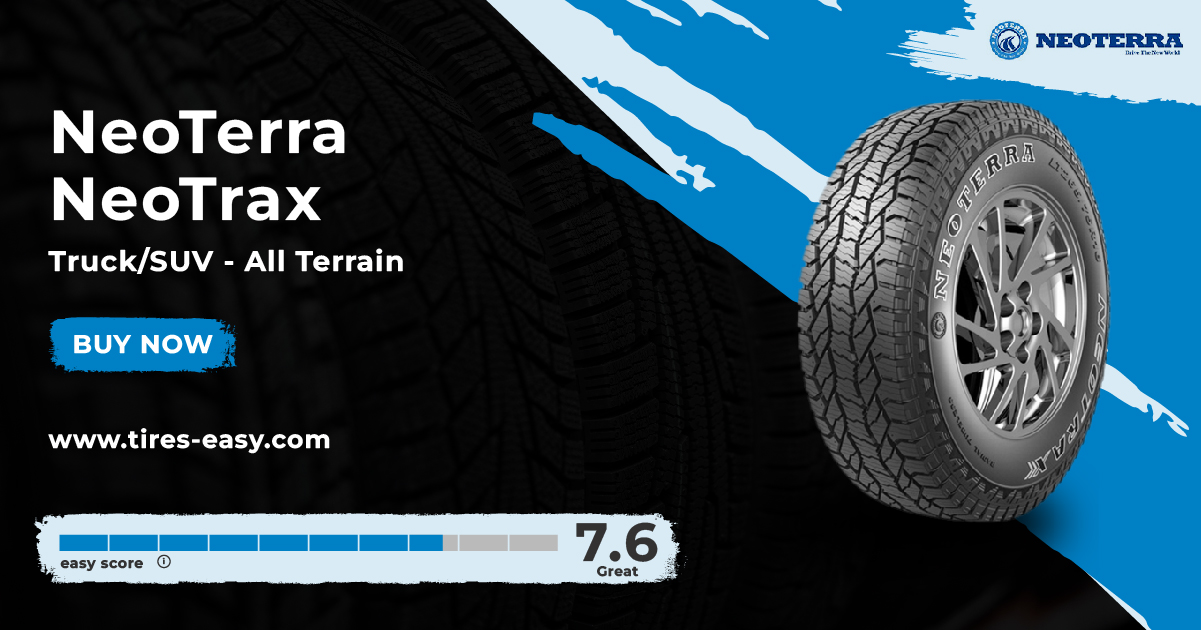All Categories
Featured
Table of Contents
I was able to get 100 hours out of one of these tires, and while it had definitely no tire lugs left on it, the soft substance made it work really wellas long as I was utilizing a soft mousse. Kitt Stringer image Easy placing - 3Wear - 3Sidewall stamina - 3Performance on origins - 4Performance on damp rocks - 2Traction on dirt - 5Cornering capability - 4Traction while braking - 4Self-clearing of dust and mud - 3Performance in mud - 3Overall predictability or monitoring - 3 _ 37 Final thought: This is a good well-rounded tire with good value for money.

The wear corresponded and I like for how long it lasted and just how constant the feel was throughout usage. This would certainly additionally be a good tire for faster races as the lug size and spacing little bit in well on fast terrain. Kitt Stringer image Easy installing - 3Wear - 3Sidewall strength - 3Performance on origins - 4Performance on wet rocks - 4Traction on dust - 4Cornering capability - 4Traction while braking - 5Self-clearing of dust and mud - 4Performance in mud - 4Overall predictability or monitoring - 4_42 Final thought: I liked this tire a lot.
If I needed to get a tire for tough enduro, this would certainly be in my top choice. Easy mounting - 3Wear - 3Sidewall strength - 3Performance on origins - 4Performance on damp rocks - 3Traction on dust - 4Cornering capability - 3Traction while braking - 3Self-clearing of dust and mud - 4Performance in mud - 4Overall predictability or tracking - 3 _ 34 Conclusion: This tire was very soft and pliable.
All the gummy tires I evaluated done rather close for the first 10 hours approximately, with the winners going to the softer tires that had far better grip on rocks (Long-lasting tyres). Acquiring a gummy tire will certainly provide you a solid benefit over a normal soft compound tire, however you do pay for that benefit with quicker wear
Top Tyre Rotation Services (Marangaroo WA)
This is a suitable tire for spring and autumn problems where the dirt is soft with some moisture still in it. These tried and tested race tires are wonderful all around, yet put on rapidly.
My total champion for a difficult enduro tire. If I had to invest money on a tire for day-to-day training and riding, I would pick this.
Trusted Tyre Balancing Near Me – Marangaroo WA
I've been running a set of Michelin Power Pilot 2CT's on my track Daytona 675 for the past year. Because time I have done 15 track days in all weathers from chilly damp to super hot and these tyres have never missed a beat. Wheel balancing. I have actually done nearly 2,000 miles (3,200 km) on them and as you can see from this shot of the front taken after first session of my 15th track day on them, they still have rather a great deal of rubber left on them
In other words the 2CT is an incredible track day tyre. If you're the kind of cyclist that is most likely to come across both damp and dry problems and is starting on track days as I was in 2014, then I believe you'll be hard pushed to discover a far better value for money and qualified tyre than the 2CT; a set of which will establish you back around 185 (US$ 300) in the UK.
Thinking of a better all rounded road/track tyre than the 2CT need to have been a difficult task for Michelin. The result of that effort is the Michelin Pilot Power 3 which essentially changes the Pure. Don't confuse this brand-new tire with the roadway going Pilot Roadway 3 which is not created for track use (although some cyclists do).
They influence significant self-confidence and supply fantastic hold levels in either the wet or the completely dry. When the Pilot Power 3 released, Michelin suggested it as a 50:50% roadway: track tyre. That message has lately changed since the tires are currently advised as 85:15% road: track use rather. All the motorcyclist reports that I have actually reviewed for the tyre rate it as a better tyre than the 2CT in all locations but especially in the damp.
Honest Wheel Balancing Services (Marangaroo WA)
Technically there are numerous distinctions between the two tyres also though both utilize a double substance. Visually you can see that the 2CT has fewer grooves reduced right into the tyre however that the grooves run to the side of the tyre. The Pilot Power 3 has even more grooves for better water dispersal but these grooves don't reach the shoulder of the tyre.
One facet of the Pilot Power 3 which is different to the 2CT is the brand-new 2CT+ modern technology which expands the harder center area under the softer shoulders (on the back tyre). This should give much more security and lower any type of "squirm" when speeding up out of edges despite the lighter weight and more adaptable nature of this new tire.

I was somewhat dubious concerning these reduced pressures, it turned out that they were great and the tyres done actually well on track, and the rubber looked better for it at the end of the day. Equally as a factor of recommendation, other (quick team) bikers running Metzeler Racetecs were utilizing tyre stress around 22-24 psi for the back and 24-27 psi on the front.
Thinking of a far better all rounded road/track tyre than the 2CT have to have been a difficult task for Michelin. The result of that effort is the Michelin Pilot Power 3 which basically changes the Pure. Don't puzzle this new tyre with the roadway going Pilot Road 3 which is not developed for track usage (although some motorcyclists do).
Wheel Alignment (Marangaroo WA)
When the Pilot Power 3 introduced, Michelin advised it as a 50:50% roadway: track tyre. All the biker reports that I've checked out for the tire price it as a better tire than the 2CT in all areas but particularly in the wet.

Technically there are several differences in between both tires although both utilize a dual substance. Visually you can see that the 2CT has less grooves cut into the tyre yet that the grooves go to the edge of the tire. The Pilot Power 3 has even more grooves for better water dispersal however these grooves don't get to the shoulder of the tyre.
One aspect of the Pilot Power 3 which is different to the 2CT is the new 2CT+ innovation which extends the harder middle section under the softer shoulders (on the rear tire). This ought to offer a lot more stability and minimize any type of "agonize" when speeding up out of corners regardless of the lighter weight and more flexible nature of this new tire.
Although I was slightly uncertain regarding these lower pressures, it ended up that they were fine and the tyres carried out really well on track, and the rubber looked much better for it at the end of the day. Simply as a point of referral, other (fast team) motorcyclists running Metzeler Racetecs were utilizing tyre pressures around 22-24 psi for the rear and 24-27 psi on the front
Latest Posts
Vehicle Tyres Near Me (Bayswater)
Tyre Replacement – West Swan
Tyre Safety ( Stirling 6059 WA)